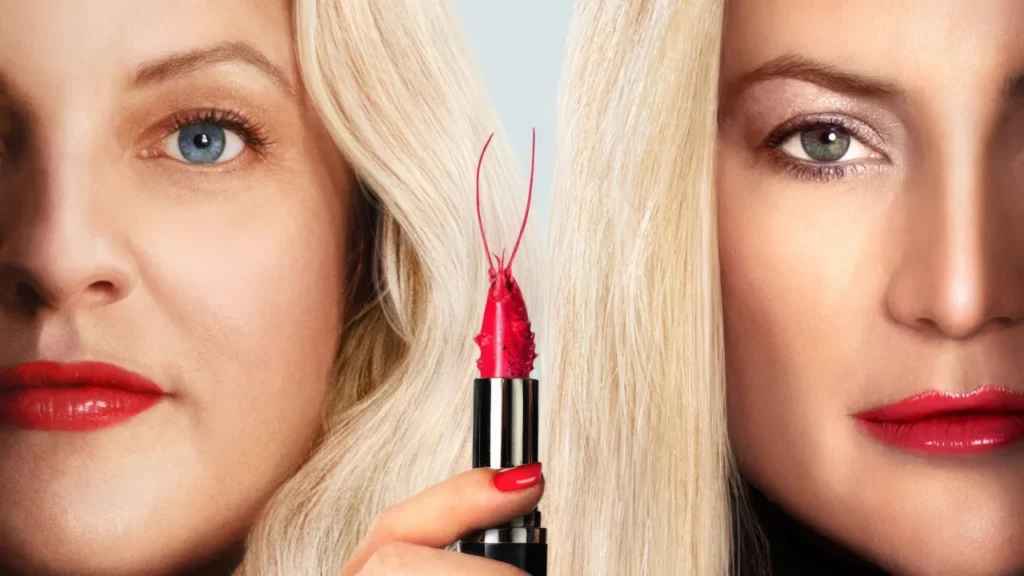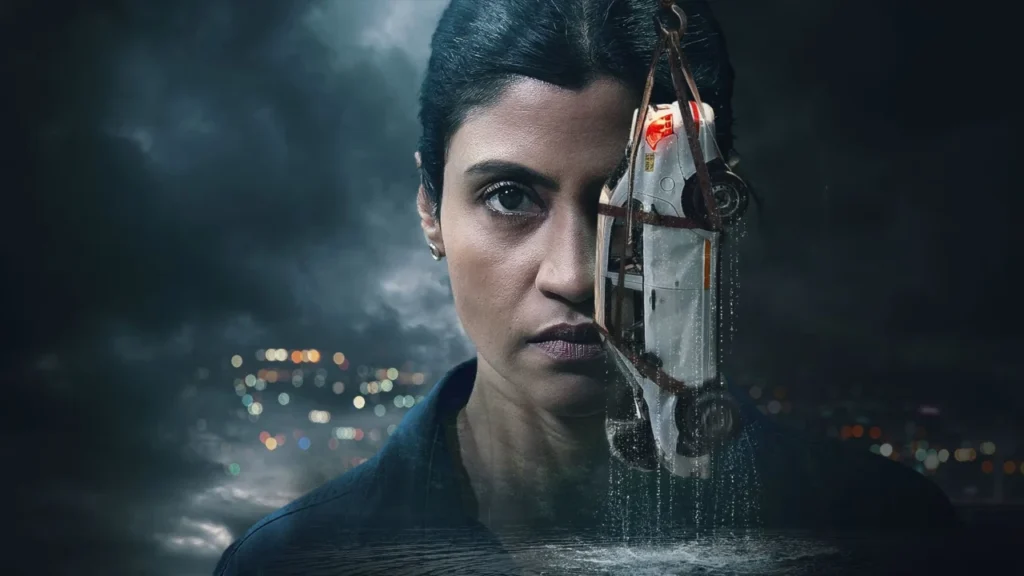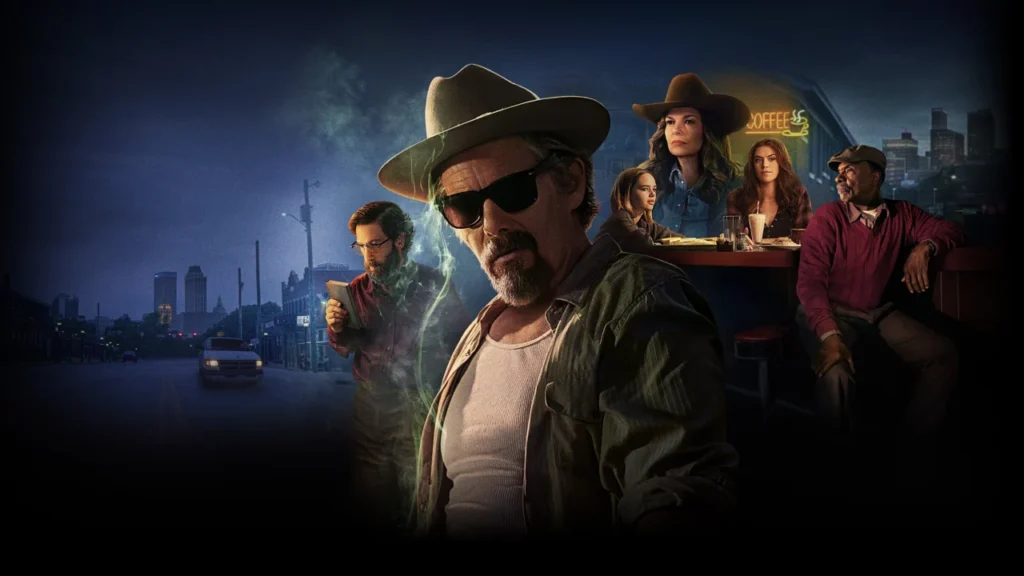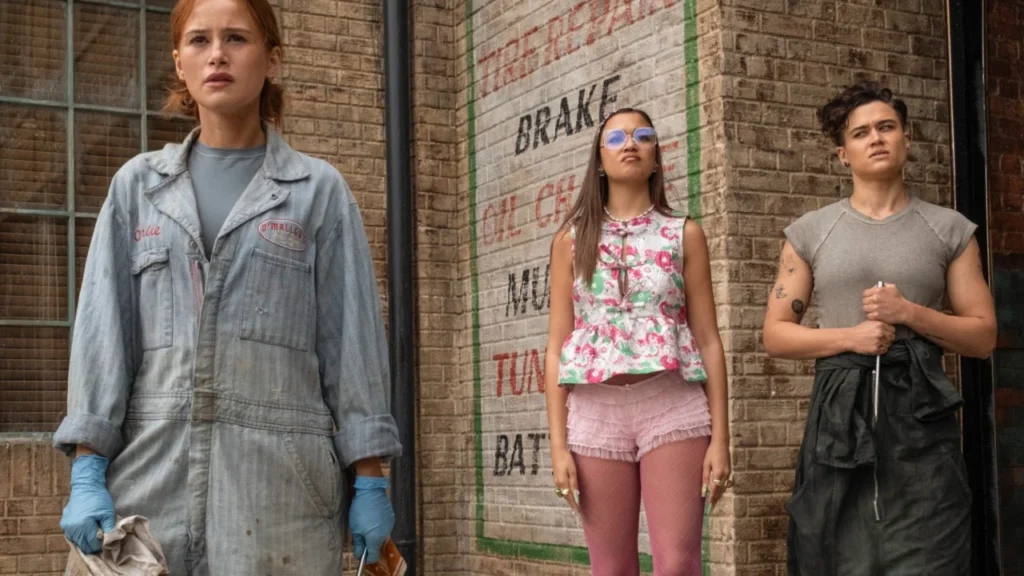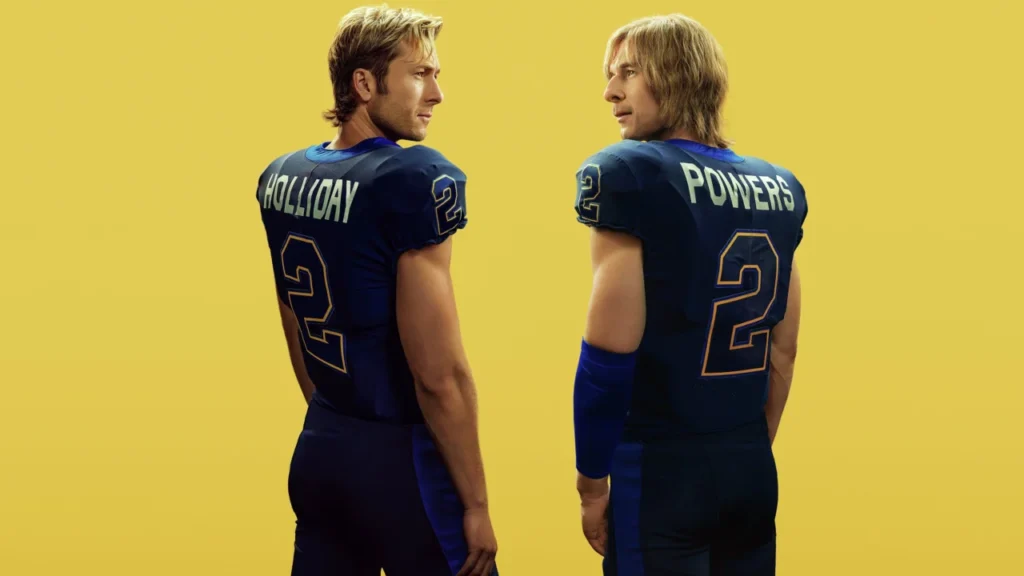Director Max Minghella teams up Elisabeth Moss and Kate Hudson for a twisted look at beauty obsession in Hollywood. This 2025 release hit theaters on October 3rd, mixing body horror with sharp social commentary. Moss plays Samantha Lake, an actress watching her career crumble as she ages out of leading roles.
Hudson takes on Zoe Shannon, running a futuristic wellness empire that promises eternal youth. The cast also features Kaia Gerber and Elizabeth Berkley, while Jack Stanley crafted the script. The story feels ripped from today’s headlines about beauty standards, just pushed to a horrifying extreme.
This thriller digs into how Hollywood discards aging actresses while combining sci-fi concepts with genuine scares. The world presented here isn’t far from our own – people pay for procedures to look younger, consequences be damned. Samantha jumps at the chance to reverse time, but her decision drags her into something nightmarish.
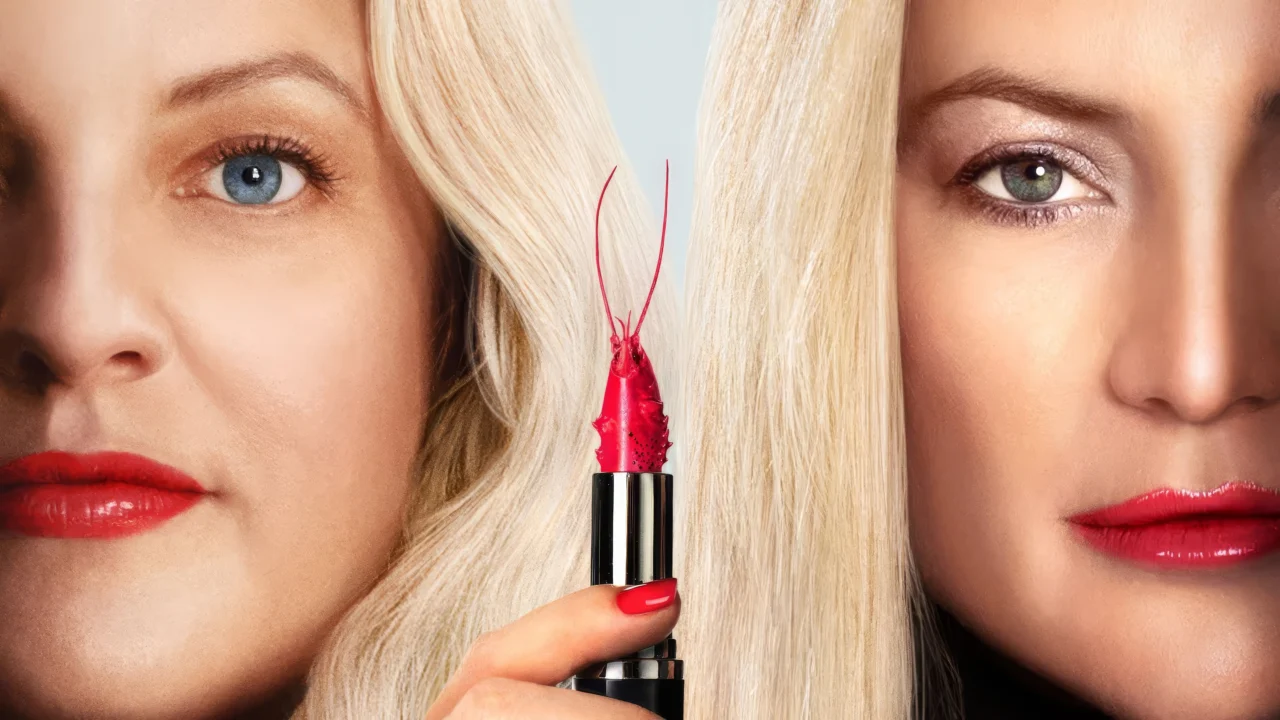
What Happens at the End of Shell?
By the finale, Samantha walks away from everything Shell offers her. She’s seen Chloe turn into a monster. She’s watched Zoe get cooked alive in her own machine. When the company tries buying her silence with money and free treatments forever, she says no.
Instead, she writes a memoir about her experience. The book makes her relevant again, but for different reasons this time. She’s not famous for her looks or youth anymore – people want to hear her story.
What strikes me most is how she stops hiding her real age. No more apologies when food gets stuck in her teeth. No more panic about wrinkles showing. She realizes perfection isn’t the point of being human.
During a book interview, she drops a bombshell. The Shell company is still in business, making money hand over fist. All those deaths and scandals didn’t shut them down. Their connections run too deep.
The film toys with viewers by keeping Samantha’s appearance suspiciously youthful in these final scenes. Did she really quit the treatments? Or does she preach one thing publicly while secretly maintaining that glow? The movie refuses to answer directly.
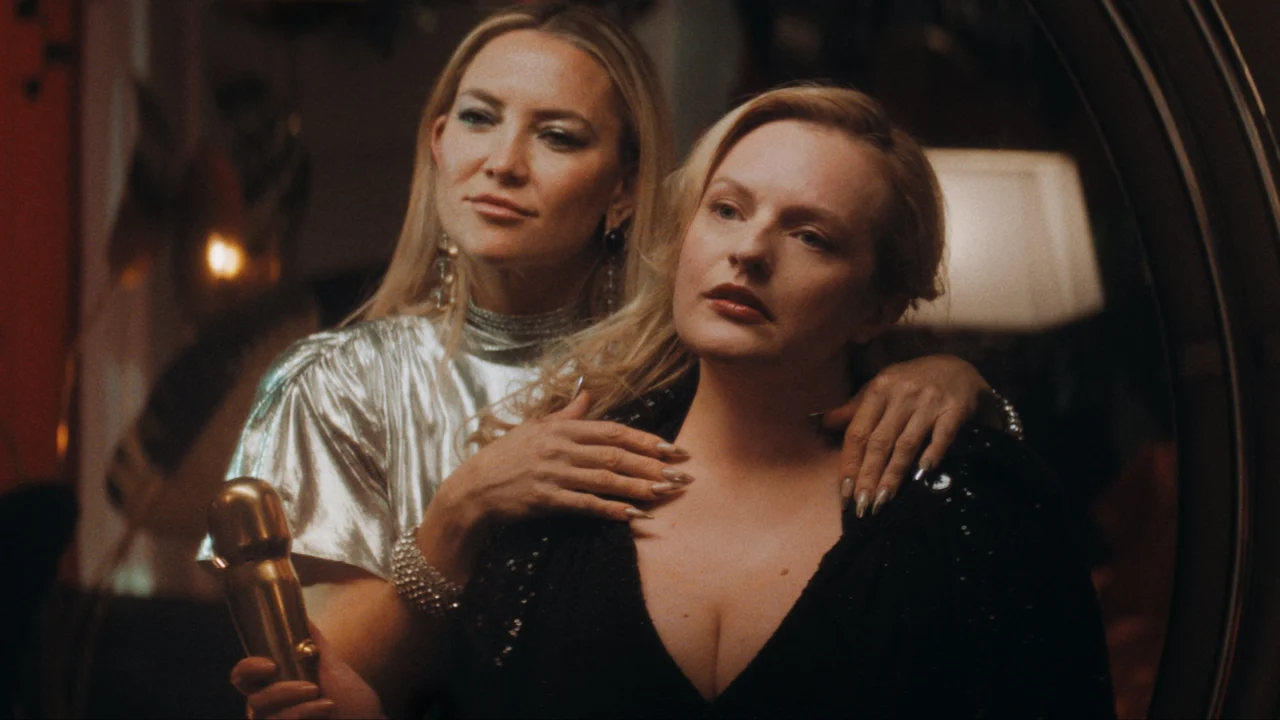
Does Chloe Survive Her Transformation?
Chloe Benson gets the worst of what Shell can do. Her body rejects the treatment so violently she transforms into something resembling a giant lobster. Dr. Hubert falls for her and tries reversing the process, but nothing works.
This transformation takes the film’s crustacean metaphor – the company models itself after how lobsters shed shells – and makes it horrifyingly literal. Chloe becomes an actual sea creature, losing her humanity completely.
When she escapes her containment, the carnage starts immediately. She tears through Shell executives like they’re nothing. Randolph Chan and Dr. Thaddeus Brand die first. Zoe’s bodyguard goes down next.
But here’s the interesting part – when Chloe faces Samantha, she doesn’t attack. Something in that monster brain still recognizes her old friend. Maybe some fragment of the real Chloe still exists inside that shell.
The film leaves Chloe’s ultimate fate completely open. She survives the clinic massacre and disappears. Is she hiding somewhere? Did Shell recapture her for more experiments? We never find out, and that uncertainty haunts the ending.
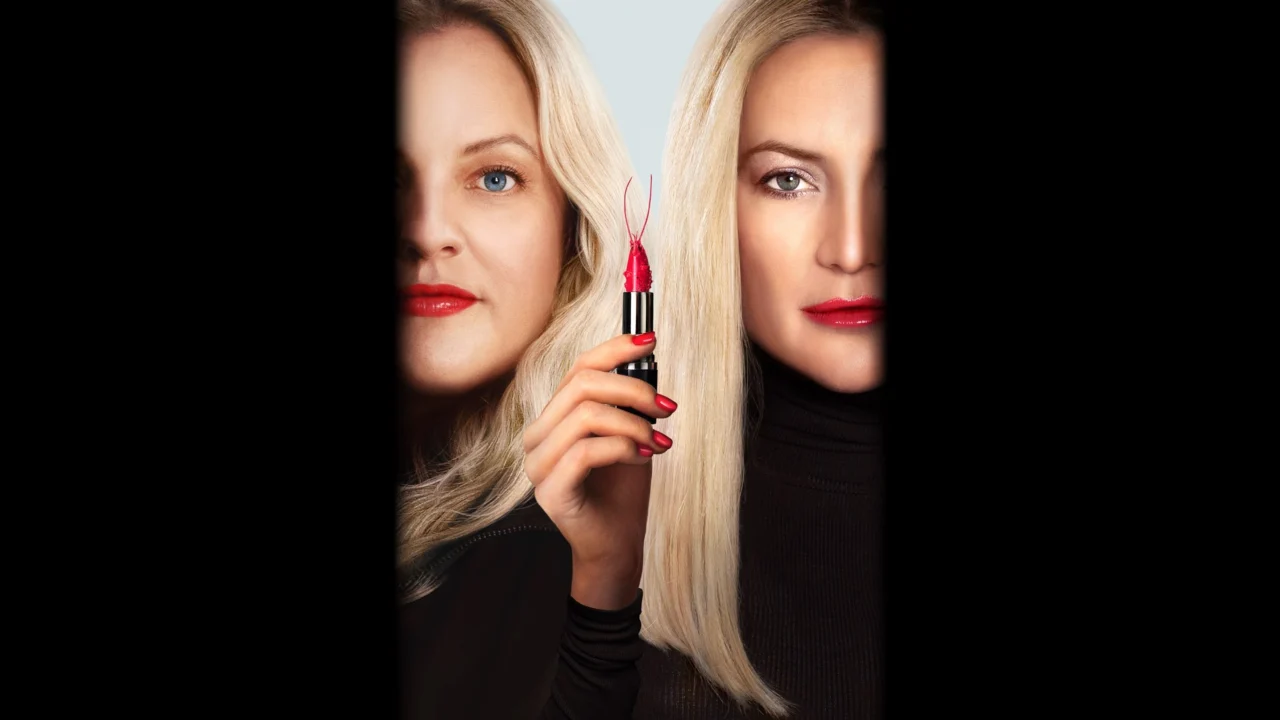
How Does Zoe Shannon Die?
Zoe’s death delivers poetic justice wrapped in body horror. As Chloe rampages through the facility, Zoe makes a panicked choice. She locks herself in a treatment pod, thinking the thick glass will save her.
Big mistake. Chloe smashes the control panel on her way past, and the pod’s safety systems fail. The temperature and pressure spike to lethal levels while Zoe’s trapped inside screaming.
The machine that was supposed to make her immortal instead cooks her alive. The automated system keeps running its program, not caring that the settings have become fatal. It processes her body down to tissue samples.
What’s left of Zoe Shannon ends up as biological material in a plastic bag. I found this ending brilliant – she built an empire trying to cheat death and aging. Her own technology reduces her to lab specimens.
The woman obsessed with transcending human limits gets treated like any other organic matter. The machine shows no mercy, no recognition of who she was. Just another body to process.
Why Do the Police Work for Shell?
When Samantha contacts detectives Abramson and Flores expecting help, she gets threats instead. They don’t care about Chloe’s disappearance or the treatment’s dangers. They care about the NDA Samantha signed.
The cops offer her protection – which really means keeping her quiet about what Shell does. When she tries showing them evidence of Zoe’s confession, they flip it around. They’ll charge her for violating her contract before investigating the company.
This reveals how Shell owns the entire system. Money and influence have corrupted law enforcement completely. The company probably has politicians, judges, and cops all on the payroll.
The detectives conveniently crash their car while chasing Samantha. Was it really an accident? The film suggests Shell’s reach extends to making problems disappear permanently. Nobody investigates companies this powerful.
What Is the Shell Treatment Actually Doing?
Shell’s procedure takes inspiration from how crustaceans molt. These creatures shed their hard outer shells to grow. The company’s scientists figured out how to make human skin do something similar.
The idea sounds simple – shed old skin, grow fresh young skin. Do it regularly and you never age. At least that’s the sales pitch to desperate clients.
Reality proves much messier. Most patients develop spreading black growths all over their bodies. These lesions hurt, itch, and make people seriously ill. Shell provides ointments and emergency treatments to manage symptoms.
But sometimes the treatment rewrites someone’s DNA completely. The crustacean inspiration becomes literal. Patients transform into actual sea creatures, just like what happened to Chloe.
Shell knows these risks exist. They’ve seen people transform before. They keep operating anyway because the profit margins are too good. The wealthy elite don’t care about dangers as long as they get results.
Did Samantha Make the Right Choice?
Samantha’s decision to refuse Shell’s payoff shows real growth. At the story’s start, she’s willing to try anything to save her dying career. Fear drives every choice she makes back then.
By the end, she rejects millions of dollars and free treatments for life. For someone who began this journey terrified of aging, turning down guaranteed youth takes incredible courage.
Her book brings success on different terms. People respect her bravery and honesty now, not just her appearance. She becomes an advocate for women facing similar pressure.
I think she made the only choice she could live with. Sure, the money would’ve been nice. The eternal youth even nicer. But she would’ve sold her soul to keep Shell’s secrets.
Her public stance helps other women question these impossible beauty standards. Even if she secretly continued treatments – and that ambiguity bothers me – she’s still giving others permission to age naturally.
What Does the Ending Say About Society?
The finale paints a pretty dark picture of our values. Despite everything – the deaths, the monster, Samantha’s book – Shell keeps thriving. Rich people still line up for treatments, risks be damned.
This suggests our fear of aging runs too deep to overcome with facts or horror stories. As long as people dread becoming irrelevant, companies will exploit that terror. Hollywood’s treatment of aging actresses creates the desperation Shell feeds on.
Samantha wins her personal battle. She rejects the system and finds peace with herself. But the larger culture doesn’t change at all. People still worship youth above everything.
I found this conclusion more honest than some neat happy ending where Shell gets shut down. One person’s courage matters, but it won’t topple billion-dollar industries built on insecurity.
The film argues that real change requires rethinking beauty standards from the ground up. Society would need to value women beyond their looks. That kind of transformation seems unlikely based on how the story ends.
Is There Any Hope in Shell’s Ending?
Despite its pessimism, the movie offers Samantha’s journey as inspiration. She learns to value herself beyond surface appearance. Her book helps others by exposing beauty industry exploitation.
There’s also dark satisfaction in watching Chloe destroy her creators. The executives who turned her into a monster face consequences, even if the legal system won’t deliver them. Justice arrives in unexpected forms.
But the hope stays limited to individual victories. Shell’s survival means more people will suffer. More Chloes will get created. Corporations with enough money and connections operate above the law.
True systemic change needs society to fundamentally alter its relationship with aging. The film doesn’t believe that’s happening anytime soon. I found this brutal honesty refreshing compared to false optimism.
The question of whether Samantha secretly continues treatments adds a final cynical twist. Even people who publicly champion natural aging might privately chase youth. Our beauty insecurities run deeper than logic or values can reach.
That ambiguity feels like the film’s thesis statement. We’re all trapped by these standards to some degree, even when we recognize their toxicity. Breaking free completely might be impossible in a culture this obsessed with youth and perfection.

